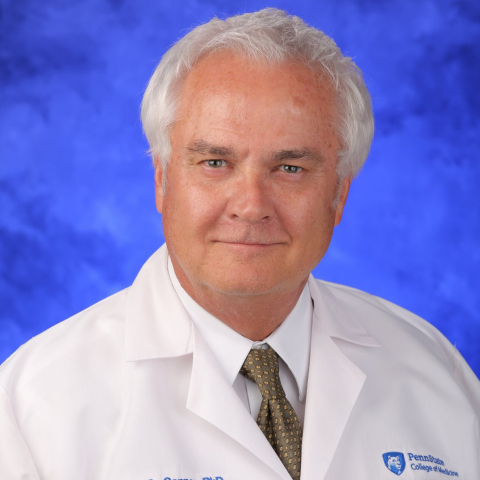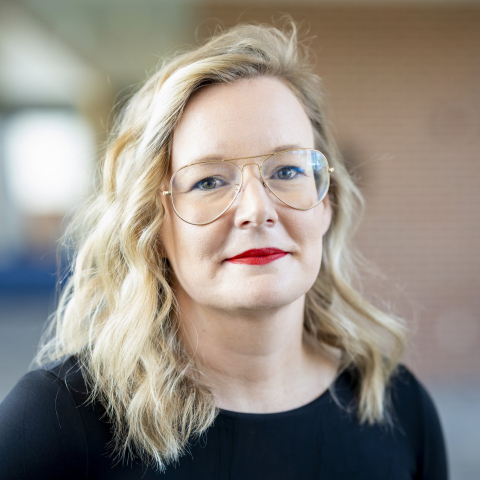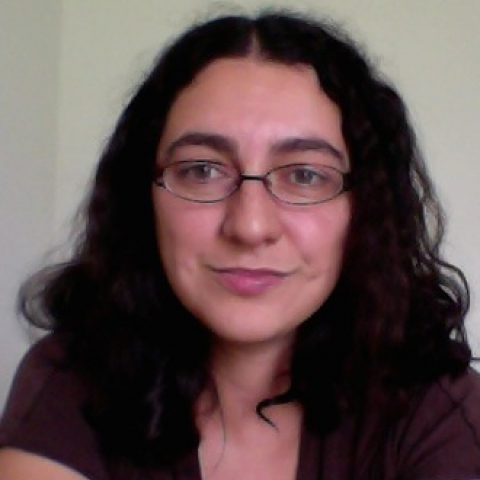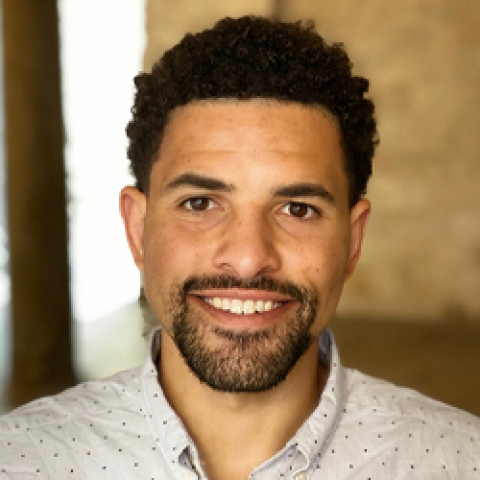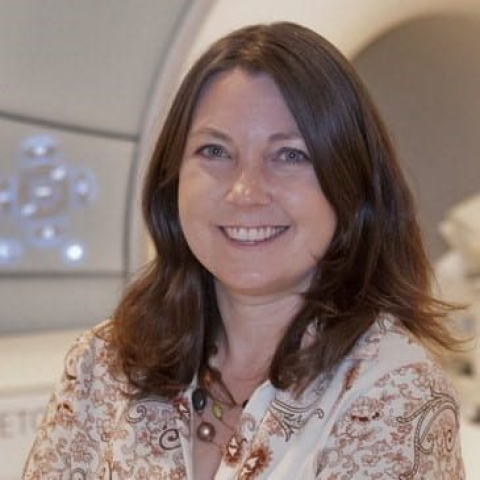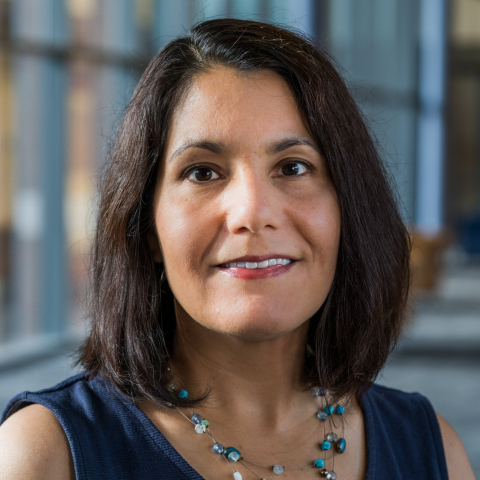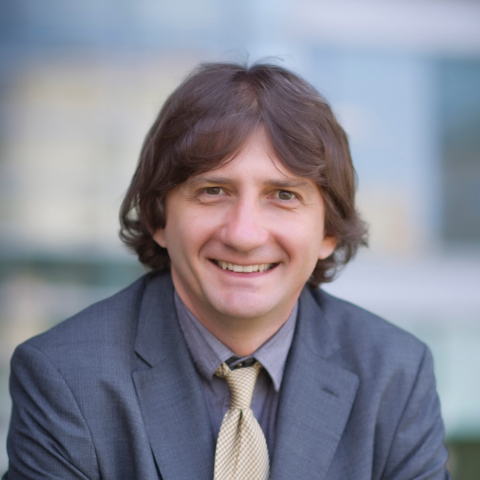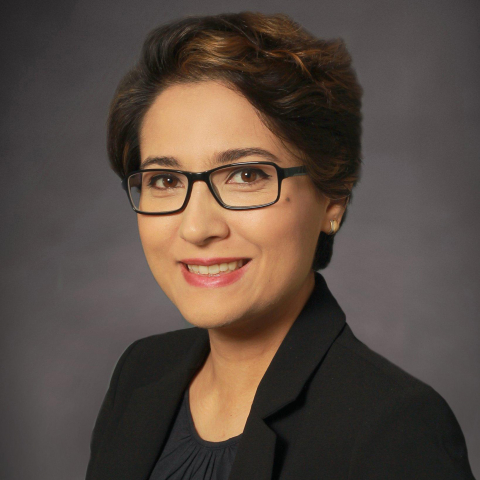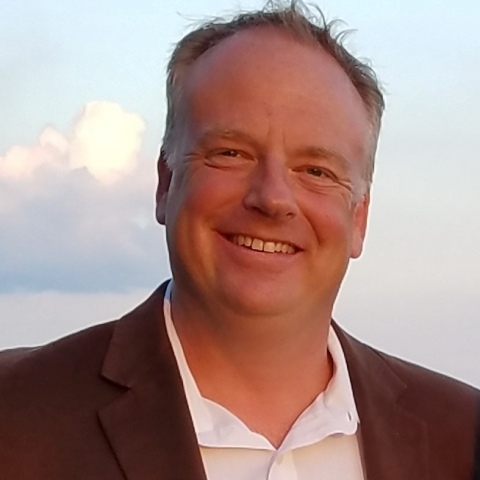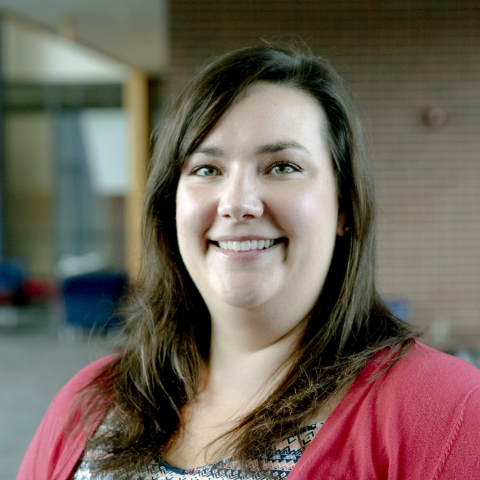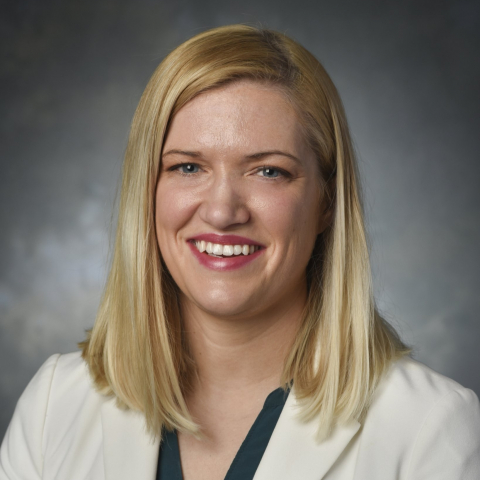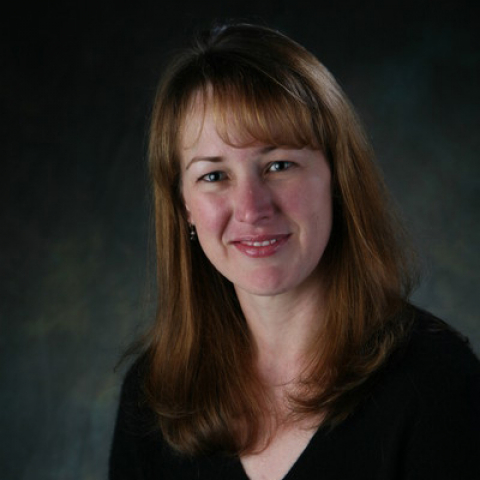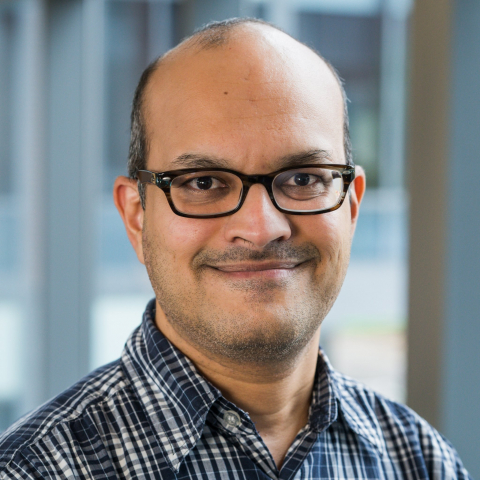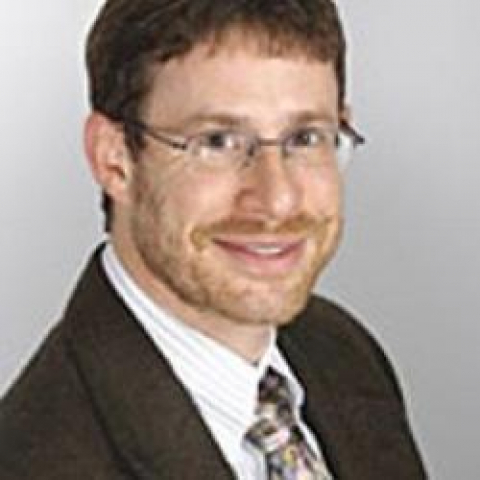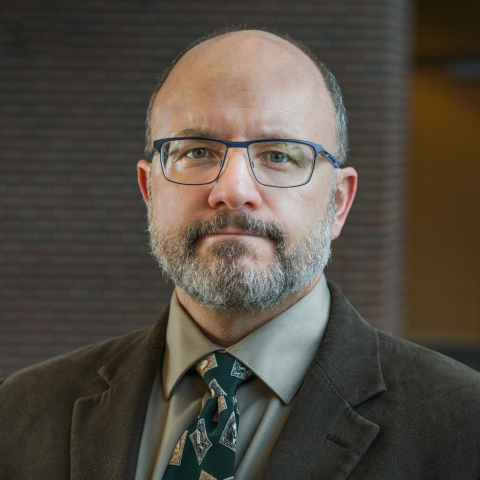Faculty
James Connor
Distinguished Professor and Vice Chair of Neurosurgery
Iron transport and toxicity in neurodegenerative diseases/oxidative cell injury.
Nikki Crowley
Director, Neuroscience Institute – University Park; Huck Early Career Chair in Neurobiology & Neural Engineering; Assistant Professor of Biology and Biomedical Engineering; Associate Director for Postdoctoral Training and Leadership, Center for Neural Engineering
Investigation of peptidergic transmission throughout the brain, using cell-specific and pathway-specific manipulations to understand how peptides alter neuronal signaling and behavior, particularly in the context of stress and drug use.
Carina Curto
Professor of Mathematics
Mathematics applied to and arising from theoretical and computational neuroscience. Neural network theory and neural coding. Applied algebra, topology, and geometry
Christopher Dancy
Harold and Inge Marcus Industrial and Manufacturing Career Development Associate Professor
The ways people interact with artificial intelligence systems, and how those interactions are mediated by antiblackness
Nancy Dennis
Professor of Psychology
The cognitive and neural mechanisms that support learning and memory in young and older adults.
Nikolay Dokholyan
G. Thomas Passananti Professor of Pharmacology; Professor of Biochemistry and Molecular Biology
We are a translational systems research group in the Pharmacology at the Penn State College of Medicine. Our laboratory focuses on understanding etiologies of human diseases, such as cystic fibrosis (CF), amyotrophic lateral sclerosis (ALS), and pain conditions, such as hyperalgesia.
Patrick Drew
Associate Director, Huck Institutes of the Life Sciences; Professor of Engineering Science and Mechanics, of Neurosurgery, of Biology, and of Biomedical Engineering
Optical imaging of brain dynamics during sleep and behavior; Role of blood flow and cerebrospinal fluid movement in neurodegenerative disease
Aida Ebrahimi
Roell Early Career Associate Professor of Electrical Engineering
Bioelectronics for in situ study of living cells; Point-of-care diagnostics for infectious diseases; Printable/stretchable/wearable sensors; Benchmarking and advancing 2D materials in biosensing applications; Machine learning in biosensing; Wearable devices for human-machine interaction; Bioanalytical devices for studying the gut-brain axis; Low-cost biosensors for drug screening, bacterial phenotype monitoring, and environmental monitoring
Chris Engeland
Professor of Biobehavioral Health and Nursing
How stress, age, gender, and hormones affect inflammation / health. Biomarker feasibility for predicting health outcomes.
Nicole Etter
Assistant Professor of Health and Human Development
The relationship between tactile sensation and skilled oral behaviors (e.g. speech and swallowing) in healthy young, aging, and clinical populations.
Ben Fry
Associate Teaching Professor of Biobehavioral Health
Neurobiology of learning and memory, specifically as it pertains to the circuit-specific role of dopamine in motivated behavior, pre-clinical models of schizophrenia, and the use of Pavlovian learning theory to understand the manner in which the brain processes incoming sensory information and gives rise to such phenomena as hallucinations.
Lisa Gatzke-Kopp
Professor of Human Development and Family Studies
Developmental neuroscience of psychopathology with a focus on aggression, hyperactivity, and substance abuse; relationship between experience, environment, and neurobiological dysfunction.
Rick Gilmore
Professor of Psychology
The cognitive neuroscience of perception, memory, and action in infancy and early childhood; computational neuroscience; open science, data sharing, reproducibility.
Santhosh Girirajan
Professor of Genomics; Professor of Anthropology; Department Head of Biochemistry and Molecular Biology
Understanding the genetic basis of neurodevelopmental disorders.
Bruce Gluckman
Director of the Center for Neural Engineering; Professor of Engineering Science and Mechanics, of Neurosurgery, and of Biomedical Engineering
The dynamics of neural systems, how group dynamics form or emerge from the coupled dynamics of individual units, and how to measure and interact with these systems.
Thomas Gould
Jean Phillips Shibley Professor and Department Head of Biobehavioral Health
Using genetic, pharmacological, behavioral, and molecular biological techniques to study the neurobiology of learning and memory and the effects of addiction on it.
